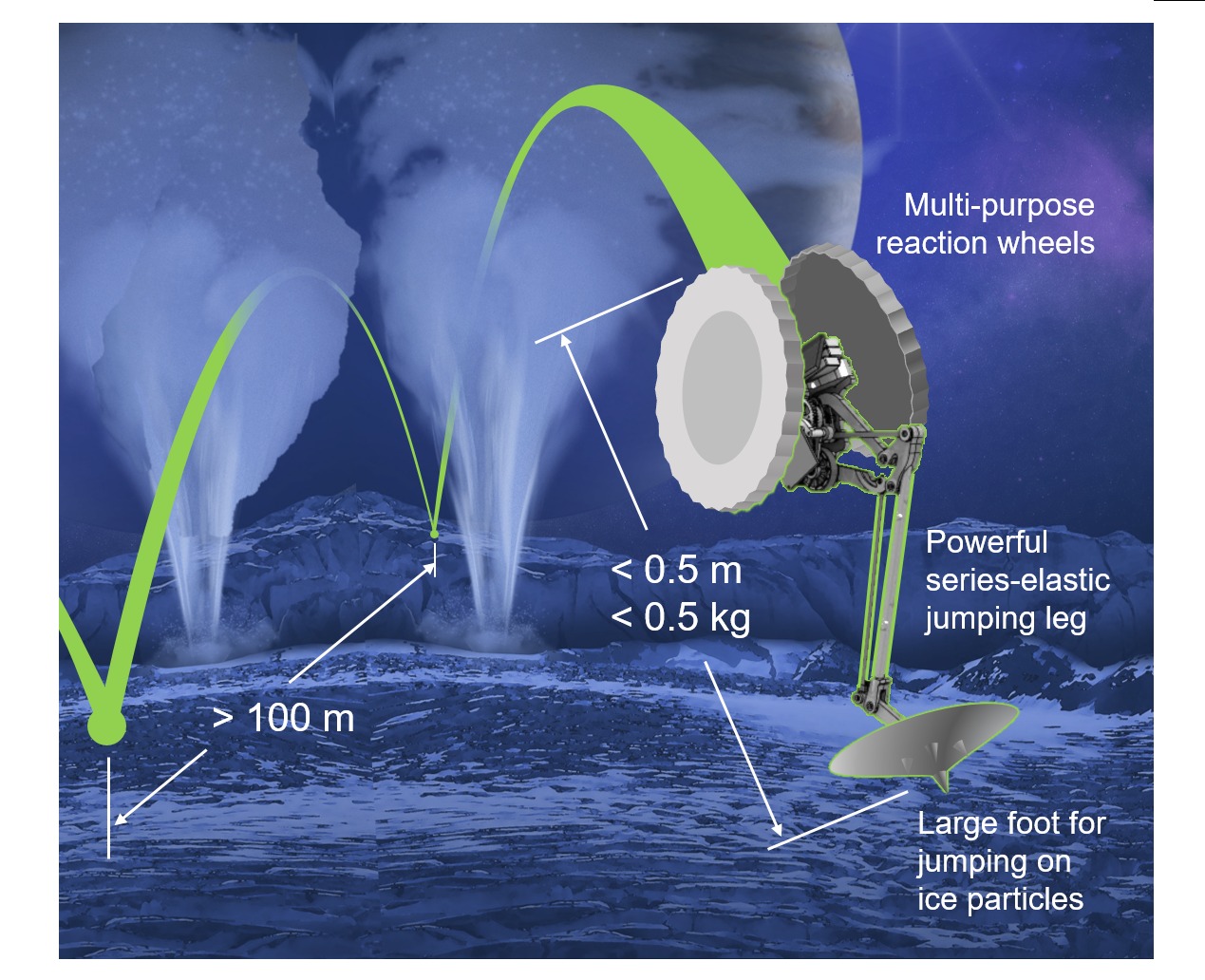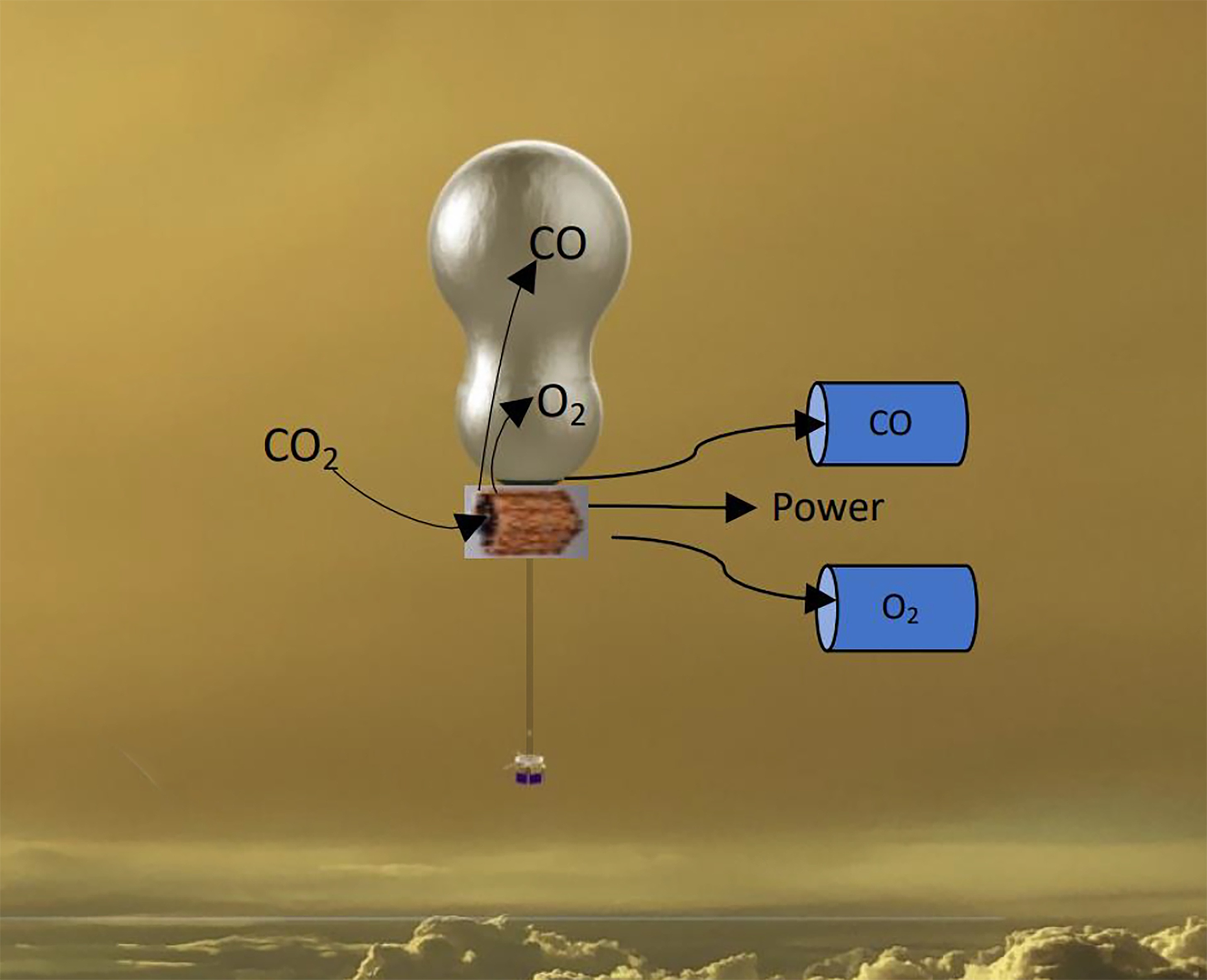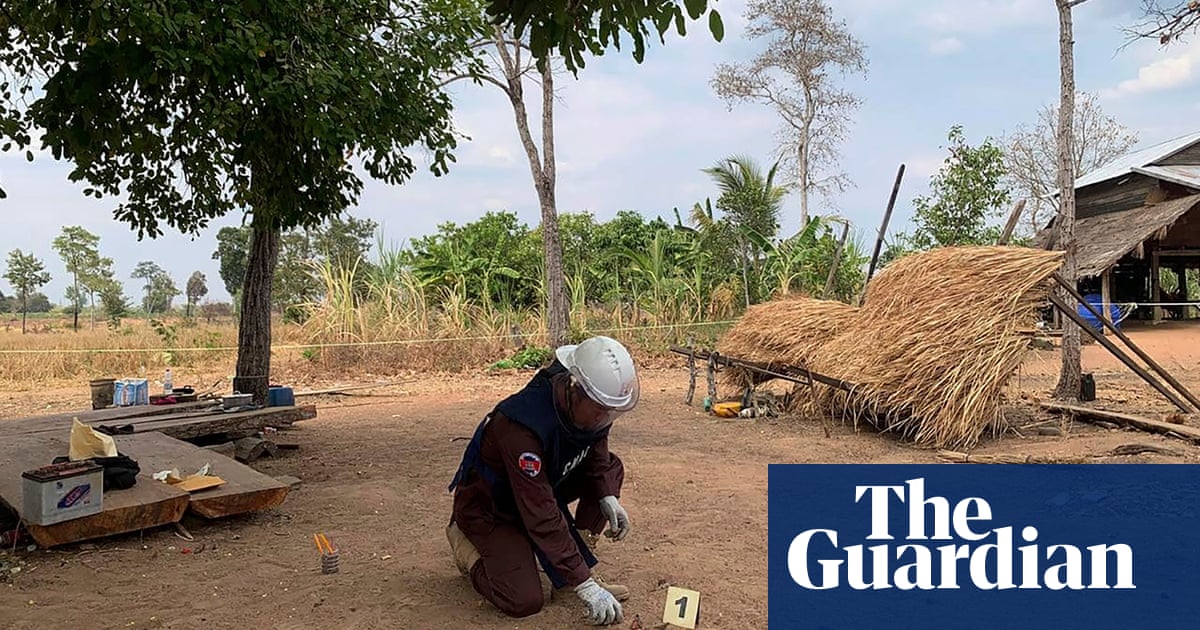NASA has awarded funds to 15 trailblazing concepts for space technology that could help us explore and inhabit the solar system.
The NASA Innovative Advanced Concepts program (NIAC) is the agency’s scheme to help support the development of early stage innovative space technology concepts formulated by academics, innovators and entrepreneurs.
This year’s NIAC Phase 1 grants go to projects including robots for ocean and ice world exploration, in-space manufacturing, balloons for exploring Venus, unravelling the mysteries of black holes and more.
“Our next steps and giant leaps rely on innovation, and the concepts born from NIAC can radically change how we explore deep space, work in low Earth orbit, and protect our home planet,” said Clayton Turner, associate administrator for NASA’s Space Technology Mission Directorate, in a statement. “From developing small robots that could swim through the oceans of other worlds to growing space habitats from fungi, this program continues to change the possible.”
The Sensing with Independent Micro-swimmers (SWIM) is an innovative concept to explore ocean worlds such as Enceladus, Europa, and Titan using dozens of tiny, juice-box-sized robots packed with sensors and propelled by miniature actuators.
Meanwhile, the Legged Exploration Across the Plume (LEAP), is a novel robotic sampling concept designed to hop and jump its way across Saturn’s ice-covered moon Enceladus and collect material from its subsurface ocean ejected by the moon’s geysers.

Other concepts include Lunar Glass Structure, or LUNGS, which involves in-situ melting of lunar glass compounds and novel blowing techniques to make large, spherical habitats.
Another proposes to use the Helicity Drive, a compact and scalable fusion propulsion system, to power a constellation of satellites for multi-directional exploration of the heliosphere and beyond.
The Exploring Venus with Electrolysis (EVE) project would use electrolysis to replenish a balloon to allow exploration of the Venusian atmosphere, which is potentially habitable. Hy2PASS, meanwhile, aims to use hydrogen hybrid fuel for sustainable commercial transport aircraft, and the Inflatable Starshade for Earthlike Exoplanets would seek to enable a telescope to observe exoplanets.

The other concepts selected to receive NIAC Phase 1 grants in 2025 include growing space habitats from fungi, ultra-precise, in-space measurements to investigate theories of quantum gravity, shipyards in space, a ribbon sail for solar polar observation, a spacecraft constellation for “taking the pulse” of the planet, a tethered balloon for observing and sampling Venus, X-ray interferometry for studying supermassive black holes, mitigating the effects of space radiation by mitochondria transplants, low mass starshades and a novel approach to oxygen supply for deep space crewed mission.
The total value of the awards is $2.625 million, meaning up to $175,000 for each chosen concept. While not all of these will advance to the point of seeing the tech fly in space, leaps in exploration such as the Ingenuity Mars helicopter have roots back to the NIAC awards, and the awardees could potentially be considered for future NASA missions or commercialization.
“All advancements begin as an idea. The NIAC program allows NASA to invest in unique ideas enabling innovation and supporting the nation’s aerospace economy”” said John Nelson, program executive for NIAC.
The Phase 1 funding will allow teams to work on their concepts and potentially be selected for Phase 2 and beyond. More information on the 15 selected concepts can be found here.
Article by:Source: andrew.w.jones@protonmail.com (Andrew Jones)













